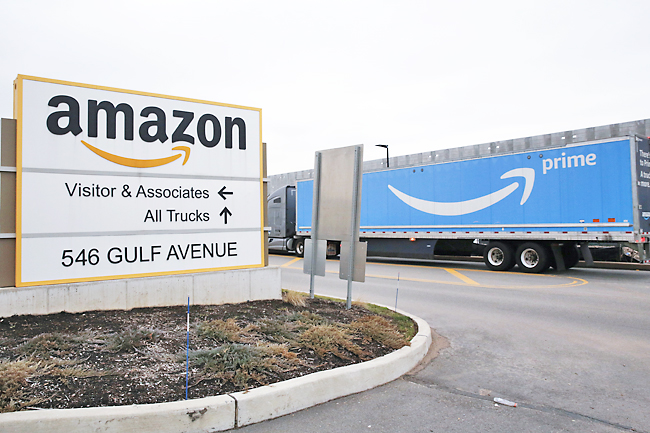AP – Amazon headed into its annual Prime Day sales event yesterday much differently than how it entered the pandemic.
The company has long used the two-day event to lure people to its Prime membership, for which it recently raised the price to USD139 a year from USD119 a year.
Amazon doesn’t disclose total Prime Day sales, though growth estimates for last year’s event ranged from seven per cent to nine per cent.
Amazon could use the boost amid a slowdown in overall online sales. Once the darling of the pandemic economy, the company posted a rare quarterly loss in April as well as its slowest rate of revenue growth in nearly two decades – at seven per cent. Inflation added roughly USD2 billion in costs.
Amazon also acknowledged it had too many workers and expects its excess capacity from its massive warehouse expansion during the pandemic to total USD10 billion in extra costs for the first half of this year.
It’s a reversal from the early days of the pandemic when the e-commerce giant’s profits soared as homebound shoppers turned to online shopping to avoid contracting the coronavirus.

The demand was so high that Amazon nearly doubled its workforce in the last two years to more than 1.6 million people.
It increased its warehouse capacity to match the avalanche of orders. By the end of 2021, Amazon had leased and owned roughly 387.1-million-square-feet of space for its warehouses and data centres – more than double what it reported in 2019.
Then, the pandemic eased. Americans felt more comfortable leaving their homes, and demand also slowed across the board.
The retail sector’s online sales growth in the United States, which spiked to 36.4 per cent in 2020, returned to more normal growth in 2021 and 2022, clocking in at 17.8 per cent and 9.4 per cent respectively, according to Insider Intelligence.
Retail sales figures for June will shed more light on how e-commerce is faring. Figures from May showed online sales falling one per cent while overall retail sales declined 0.3 per cent from April amid skyrocketing inflation.
“This is a period of time when consumers are being much more frugal thinking about how they’re spending and buying,” said former Amazon vice president of human resources who oversaw operations David Niekerk. “That’s having an impact on Amazon.”
The company’s Chief Financial Officer Brian Olsavsky said many of the warehouse expansion decisions were made as far back as two years ago, limiting what the company can do to adjust midyear.
That said, Amazon will spend less on warehouse projects this year compared to last, and transportation investments will be flat to slightly down.
Saunders said the excess capacity is likely to be a short-term problem for Amazon, which has continued to take steps to grow its retail business and draw more sellers to its service.
In April, it announced it will extend the benefits of a Prime subscription to online stores beyond its own site, allowing merchants to tap into the company’s vast fulfillment and delivery networks.
To fix its warehousing woes, CEO Andy Jassy said in May the company was going to let some of its leases expire and defer construction on others.
Amazon signalled its other problem – overstaffing – emerged after onboarding new hires to fill in for workers who were sick when the Omicron variant swept the nation. But when the sick workers returned, Amazon had too many people, adding roughly USD2 billion in costs. That’s a far cry from last year, when it boosted pay to USD18 to attract hourly workers in a tight labour market.
Amazon stock has tumbled this year, dropping roughly 39 per cent year-to-date. And Jassy is under the gun to bring back profitability, Nieker said.







